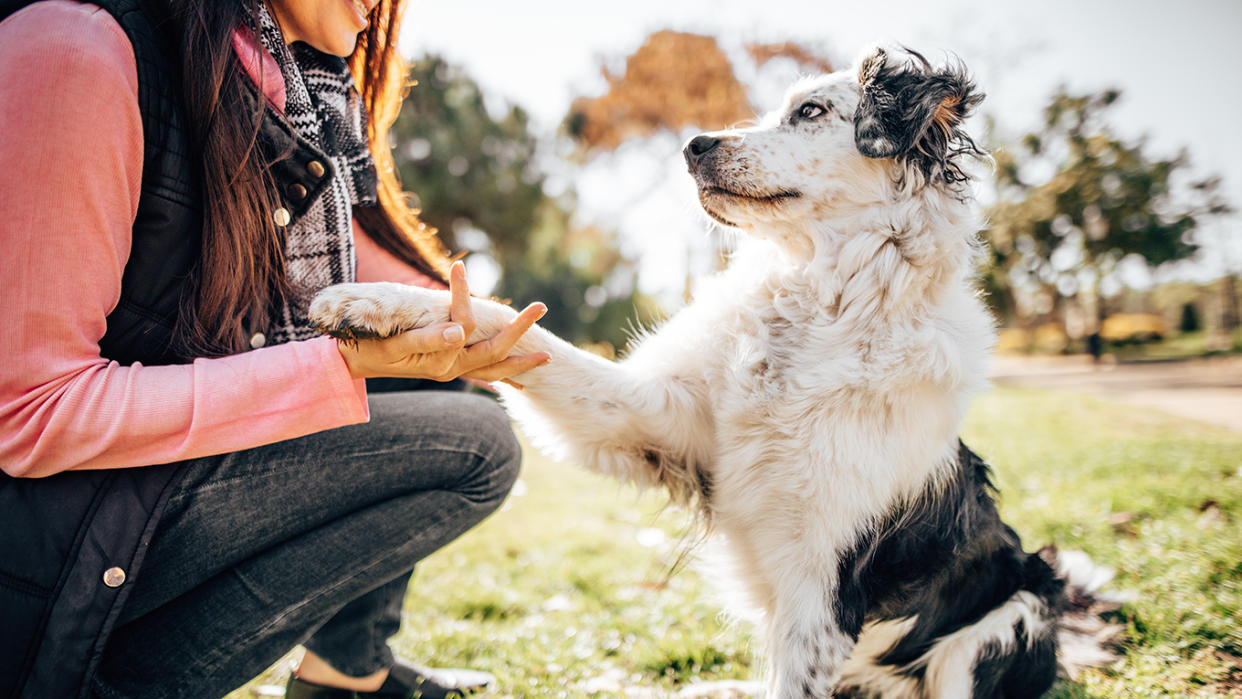Trainer shares common outdated dog training myths

Everybody has different opinions on caring for and training dogs, and debates can sometimes get heated. On the bed or not? Wet food or dry food? Cats in the same house? On many issues, we won’t always see eye-to-eye with each other, and as long as your dog is safe, loved, and cared for, it doesn’t really matter.
While in some cases there might be no right or wrong answer, however, there are some outdated dog training myths that are still widely believed. At best, believing these myths could make training a little more difficult than it needs to be. At worst, believing them could harm your dog, no matter how well-meaning you might be.
Fortunately, Carolyn, the founder and head trainer at Good Dog Training, has shared them in a recent Instagram post.
A post shared by Good Dog Training (@gooddog.training)
A photo posted by on
You may have heard that your dog views your family or household as a pack, so you need to be the leader, or the alpha. However, this is a myth, and comes from a study of captive wolves from the 1940s. It’s since been proven wrong.
Likewise, there’s nothing wrong with letting your pup walk ahead of you, or walk through doors or walkways before you. Again based on the wolf study, it might actually be preferable to have your dog walk in front of you — you can keep a closer eye on them.
Some people place the behavior of a dog squarely at the feet of their owners, saying that a good owner won’t have a poorly behaved or aggressive dog. But while the owner can be one factor, others include genetics, early life experiences, and previous trauma. If a dog is reactive, for example, it doesn’t mean that their current owner is a bad owner. On that note, playing tug with your dog won’t make them aggressive — it can actually help to build up the relationship between you and your dog.
Another myth is that you should wait until your puppy is six months old to start training them, and at the same time, that some dogs are simply too old to be trained. However, you can start training your puppy as soon as you get them. And, you can teach an old dog new tricks!
But if you’re training your dog and they aren’t listening, it doesn’t necessarily mean that they’re being dominant or stubborn. They could be tired, hurt, stressed, unwell, or confused.
One myth it’s important not to believe is that choke, prong, and shock collars don’t hurt, or are needed to control dogs. The truth is, they can cause lasting damage, and they’re never necessary. Why not try positive reinforcement with some of the best dog treats instead?
And finally, despite what you might have heard, training is not quick and easy. It’s a long process, and there might be ups and downs along the way. If you find you're struggling with training your canine companion, we recommend reaching out to a professional trainer for support.
